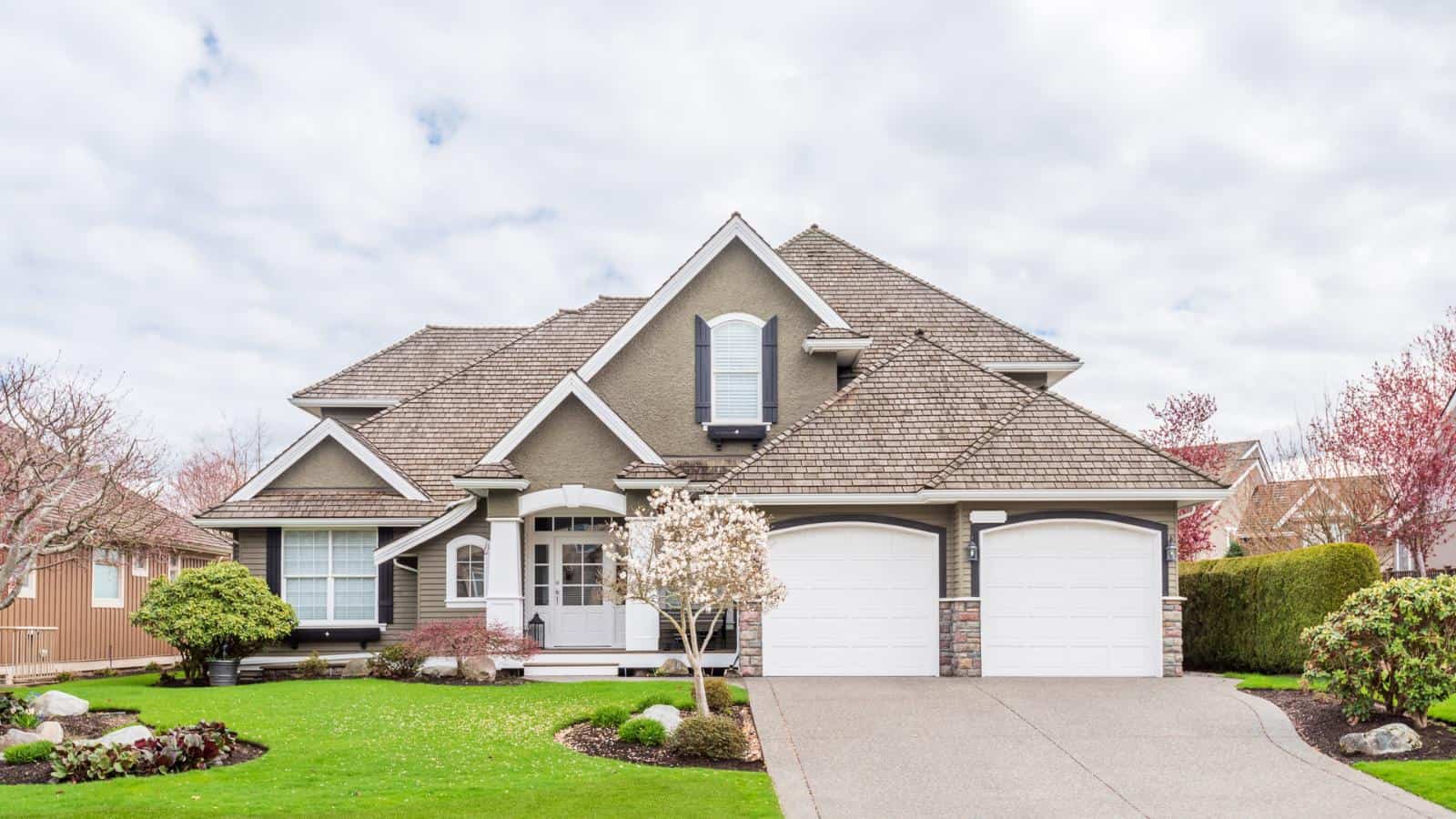Choosing the right trees for your landscape is essential for creating a beautiful and functional garden. Trees provide shade, enhance privacy, and add aesthetic value to your property. Here’s how to choose the right trees for your landscape.

Assess Your Space
Start by assessing your available space and considering the following factors:
- Size and Scale: Consider the mature size of the tree and ensure it fits well with the scale of your garden. Avoid planting large trees too close to buildings or power lines.
- Sunlight and Soil: Determine the sunlight exposure and soil conditions of your planting site. Some trees prefer full sun, while others thrive in shade. Soil type and drainage also play a crucial role in tree health.
Consider Tree Function
Think about the primary function you want the tree to serve in your landscape:
- Shade Trees: If you need shade, look for trees with broad canopies such as oaks, maples, and elms.
- Privacy Trees: For privacy, choose evergreen trees that provide year-round screening, like arborvitae, cypress, and spruce.
- Ornamental Trees: For aesthetic appeal, consider trees with beautiful flowers, colorful foliage, or interesting bark, such as dogwoods, cherry trees, and Japanese maples.
Select Native Species
Native trees are well-adapted to local conditions and require less maintenance. They also support local wildlife and help maintain biodiversity. Research native species that are suitable for your region.
Plan for Maintenance
Consider the maintenance requirements of different trees:
- Pruning Needs: Some trees require regular pruning to maintain their shape and health. Make sure you are willing to commit to the necessary upkeep.
- Leaf and Fruit Drop: Be aware of trees that produce significant leaf or fruit drop, which can create extra cleaning work. Avoid planting such trees near walkways, patios, or driveways.
Think About Growth Rate
Choose trees based on their growth rate:
- Fast-Growing Trees: If you need quick results, opt for fast-growing trees like poplars, willows, and red maples. However, keep in mind that fast-growing trees may have weaker wood and shorter lifespans.
- Slow-Growing Trees: For long-term investment, choose slow-growing trees like oaks and hickories. These trees are typically more durable and have longer lifespans.
Evaluate Tree Form and Structure
Consider the form and structure of the tree to enhance your landscape design:
- Columnar Trees: These trees have a narrow, upright growth habit and are ideal for tight spaces or as vertical accents. Examples include Lombardy poplar and Sky Pencil holly.
- Spreading Trees: Trees with wide, spreading branches create a sense of space and provide ample shade. Examples include sycamores and elms.
Check for Pests and Diseases
Research common pests and diseases that affect different tree species in your area:
- Resistant Varieties: Choose tree varieties that are resistant to prevalent pests and diseases. This will reduce the need for chemical treatments and improve the tree’s longevity.
By considering these factors, you can choose the right trees for your landscape that will thrive and enhance your garden for years to come. Trees are a valuable addition to any garden, providing beauty, shade, and environmental benefits.
